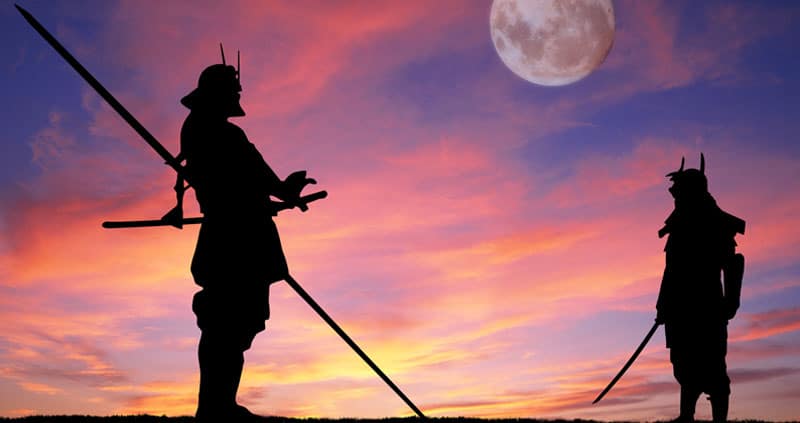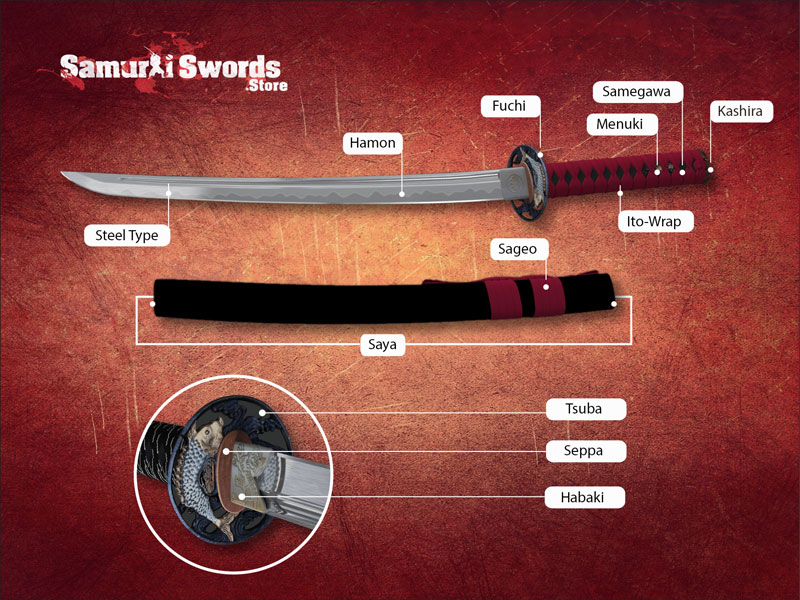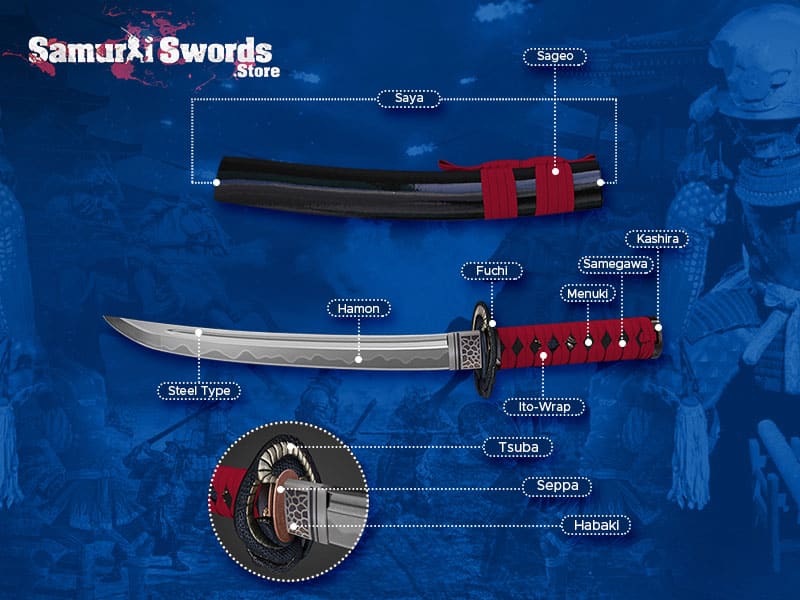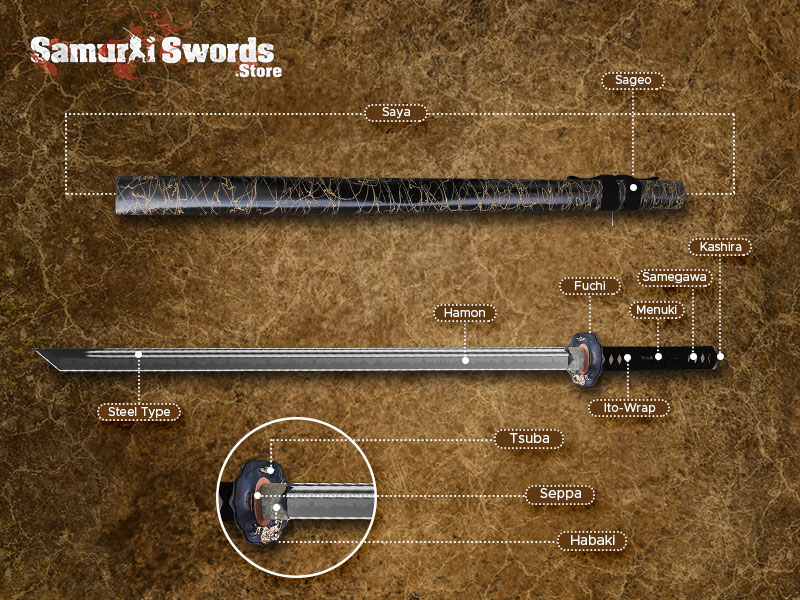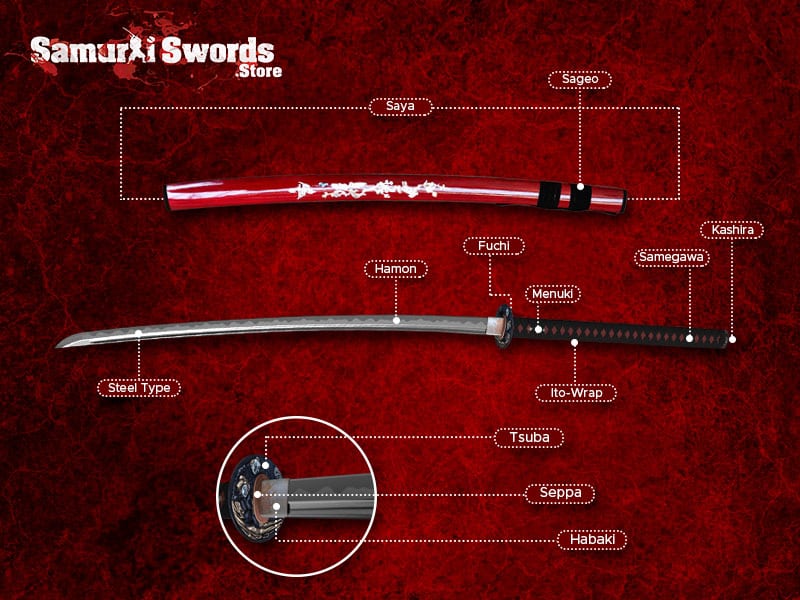Samurai Suit
Kobakama
Kobakama – Men’s Garments
Hakama is the Japanese term used for pants. There are several kinds of Hakama which include Kobakama. A different kind of Hakama was worn depending on which part of the society the men belong to.
During the 16th century, low-class warriors wore knee-length men’s garments referred to as Kobakama. Some of these are considered as Samurai suit armored pants or commonly referred to as Yoroi hakama.
Rare finds for those who are moneyed are also sold. These are covered with silk brocade cloth imported from China. These trousers also have lacquered nerigawa or rawhide hexagon shape armor plates covering the front part of this Samurai Armor.
Kamishimo is a complete outfit worn by Samurai and courtiers during the Edo period. The entire outfit consists of several pieces that include: formal Kimono, Hakama or Kobakama, sleeveless jacket with an exaggerated shoulder.
Samurai who are about to visit the Shogun and higher ranking Daimyo at court are required to wear very long Kobakama.
Because of its length, this impedes the Samurai to fight during a surprise attack. This also explains why different kinds of trousers are worn when fighting.
How to Put on Samurai Armor
- It is common for a higher ranking Samurai to have an assistant when wearing his armor. He puts his armor from the bottom up.
- A Samurai must wear comfortable clothing underneath like underwear or Fundoshi
- Next is wearing trousers for instance or Kobakama. This does not reach far below the knees. These trousers were considered an evolution of the early Sashinuki Bakama which are tied at the ankles.
- Gusokushita is worn under the armor and is a simple version of the earlier Kosode for everyday wear.
- He wears his footwear which includes split toed socks called Tabi. The last inner armor is padding for the shin guards and woven sandals before he puts on the actual armor.
- The last piece is the helmet or Kabuto. This helmet resembles an iron bowl with a hole on top to allow hair to pass through it. Later on, it was retained as a form of ventilation.
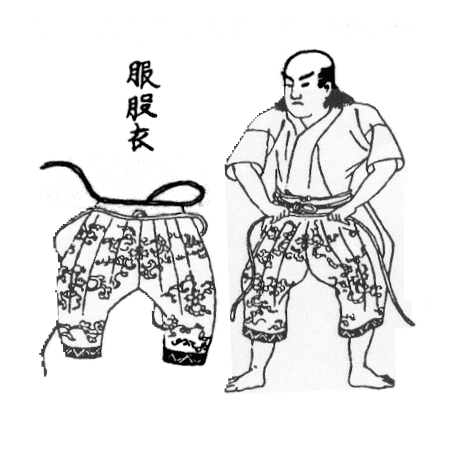
There is a version that has a plaid like pattern. It was the Chinese Imperial court from the Sui and Tang Dynasties who use these pants first before it was adopted by the Japanese in the 16th century.
Proper Maintenance of Kobakama
- Owners of these pants learn how to tie it properly. The Obi is used with its special know at the rear. There is a different method of tying the knot than underpants worn by women.
- Proper folding. Like all pieces of traditional Japanese clothing, there is a proper way to fold these underpants. This serves to prolong the life of these garments especially the ones made out of silk. Martial art schools spend time to learn how to fold these properly as part of etiquette.
- In some martial arts practice as a form of tradition, the highest-ranking student has the honor of folding his teacher’s underpants as a token of respect. This also includes other pieces of clothing worn with these garments.


